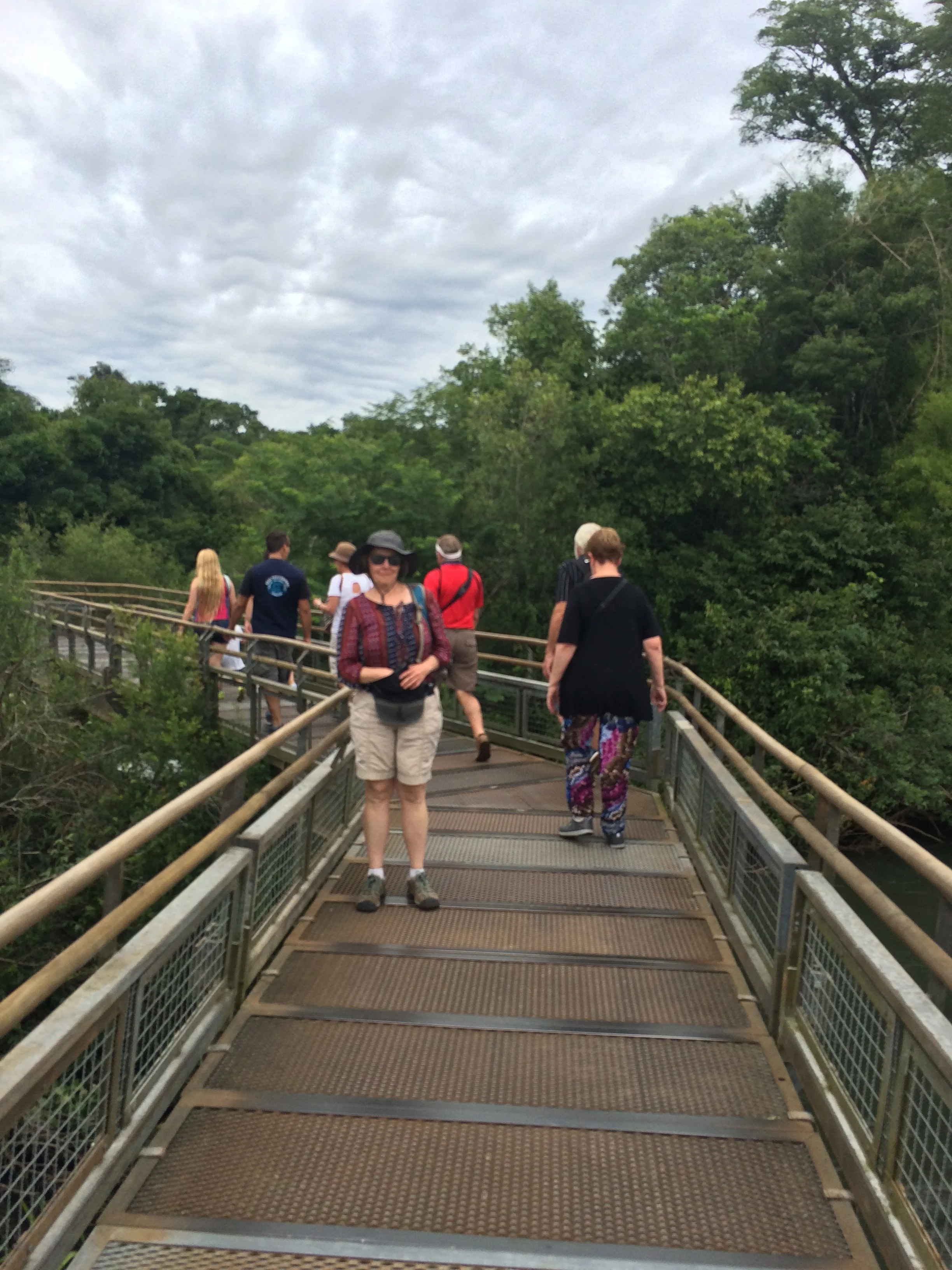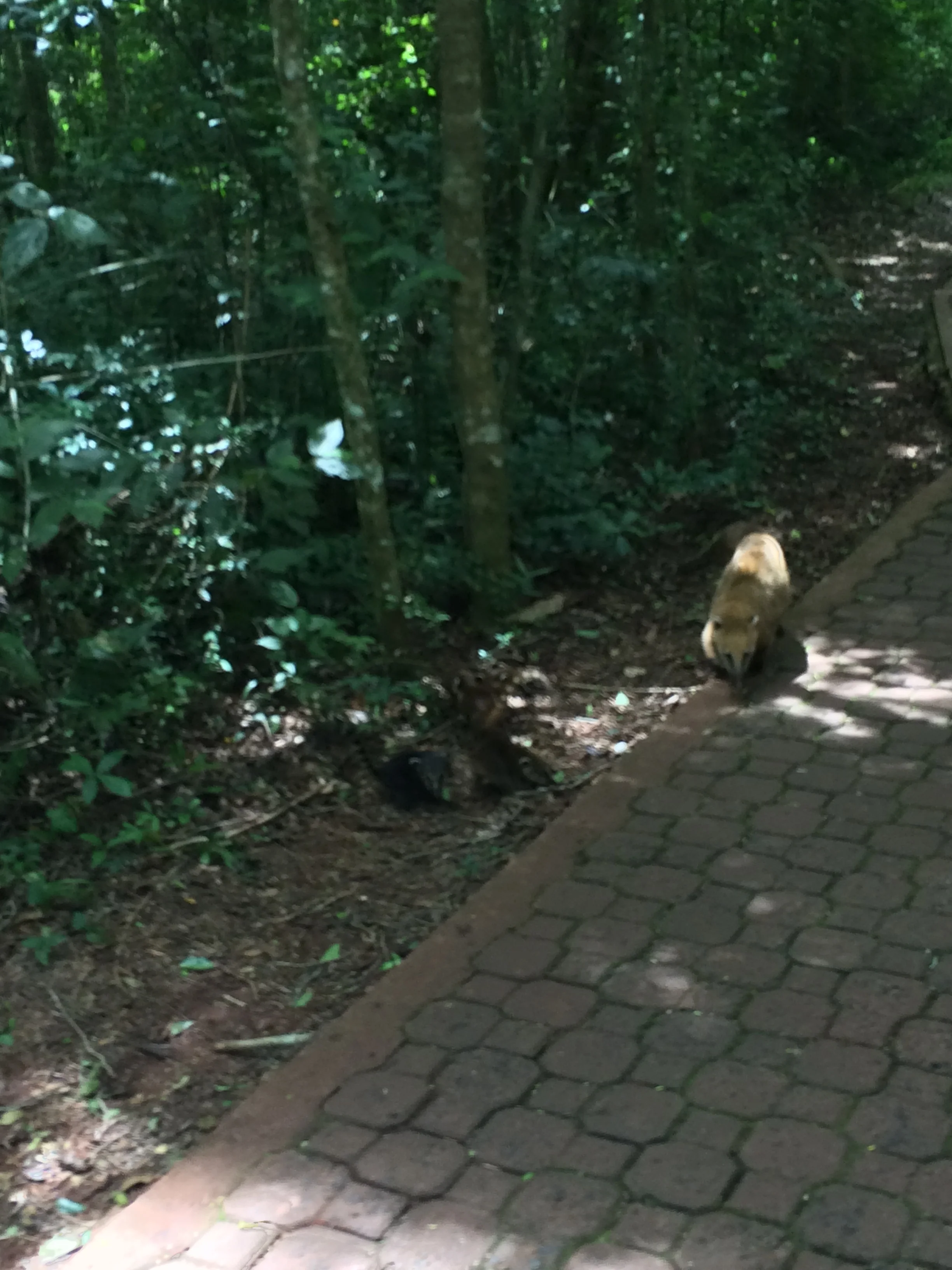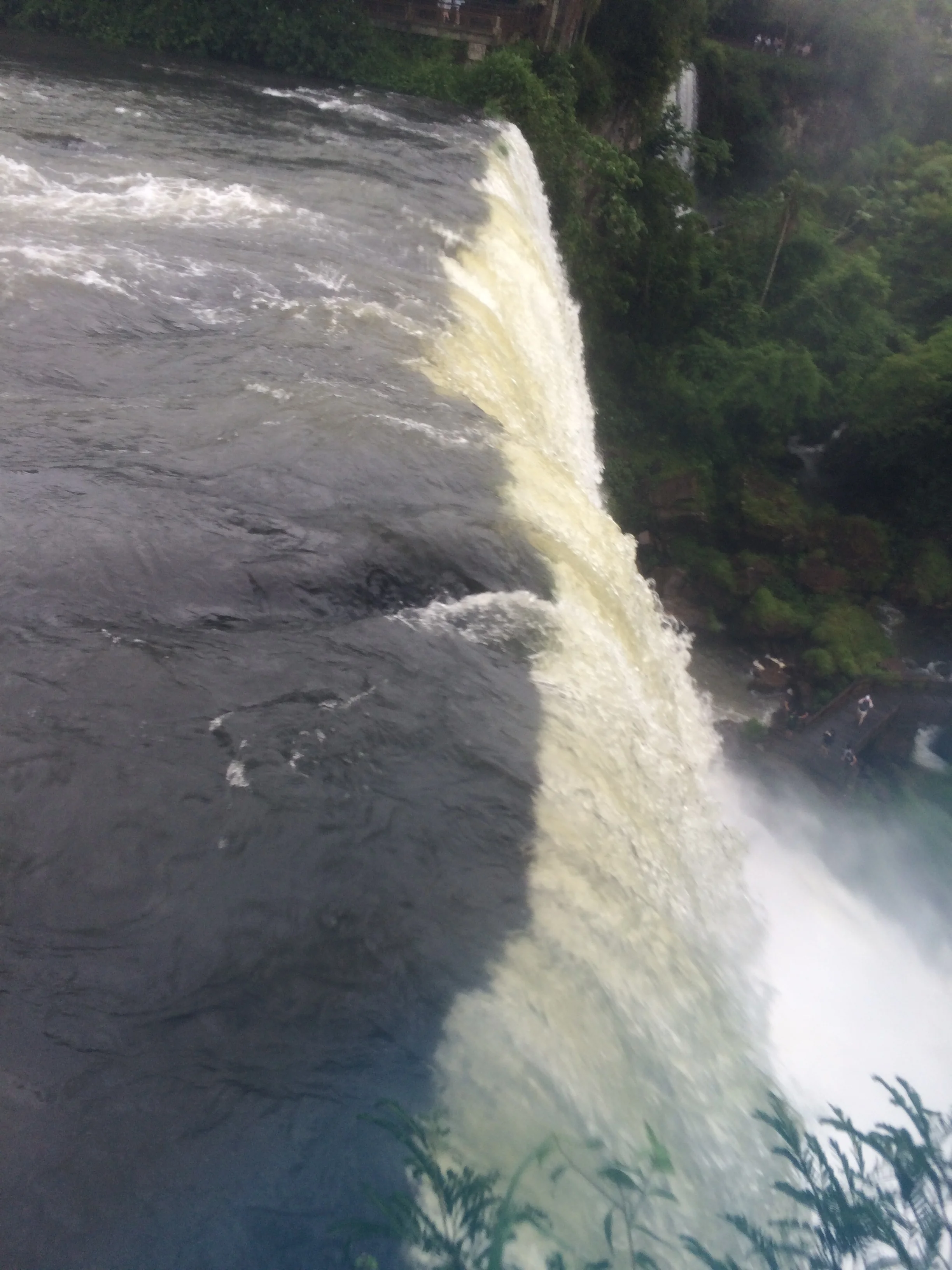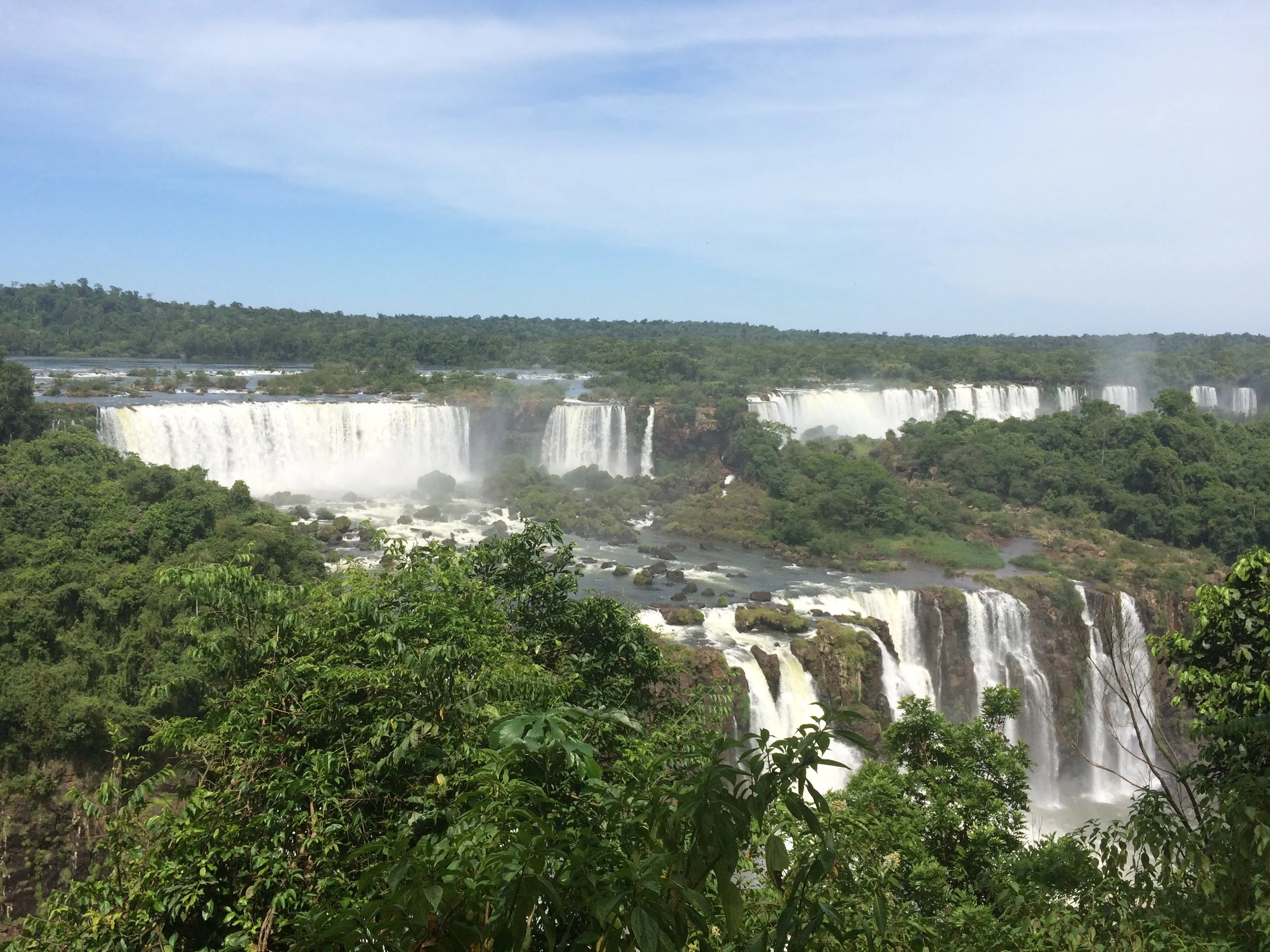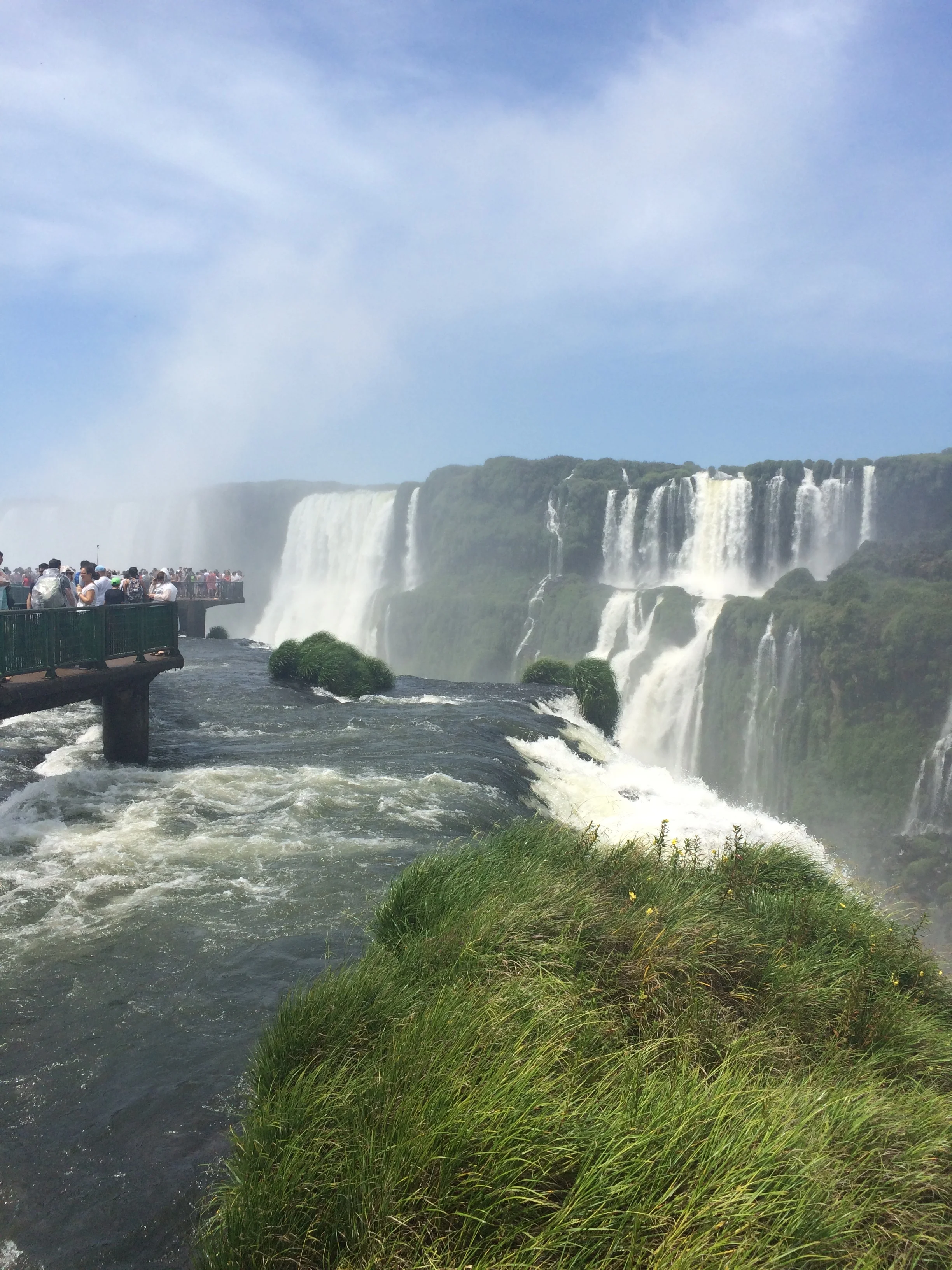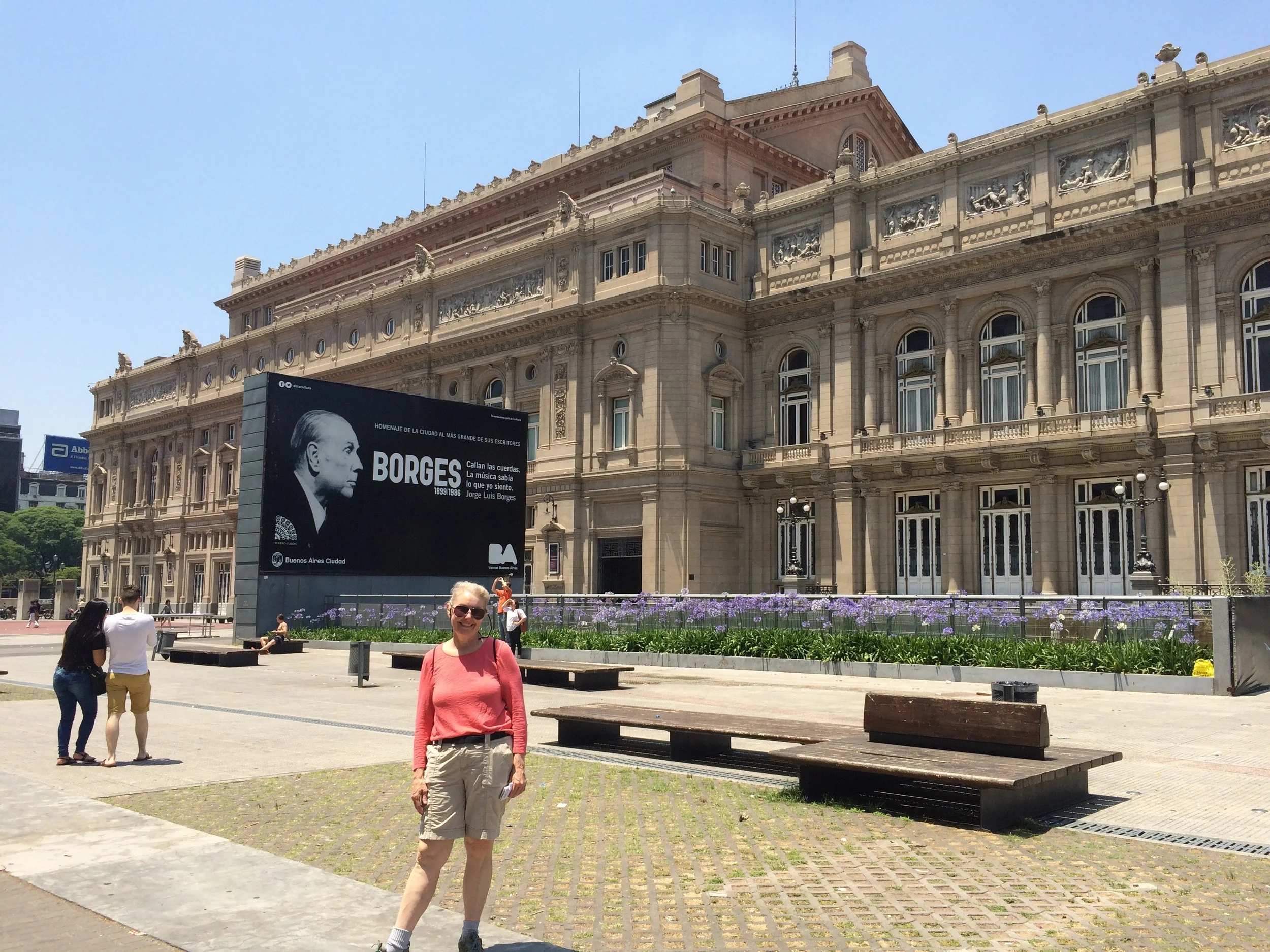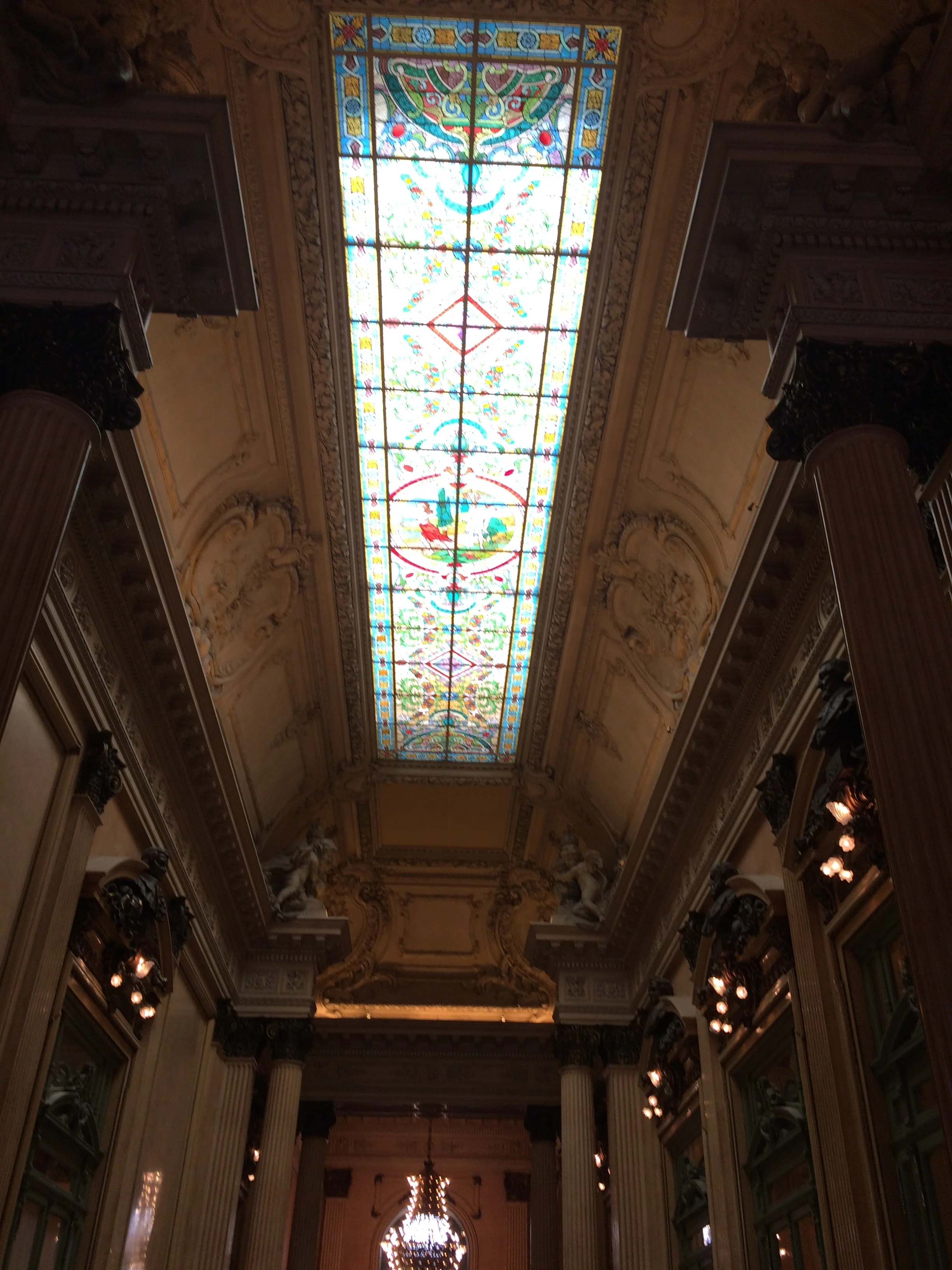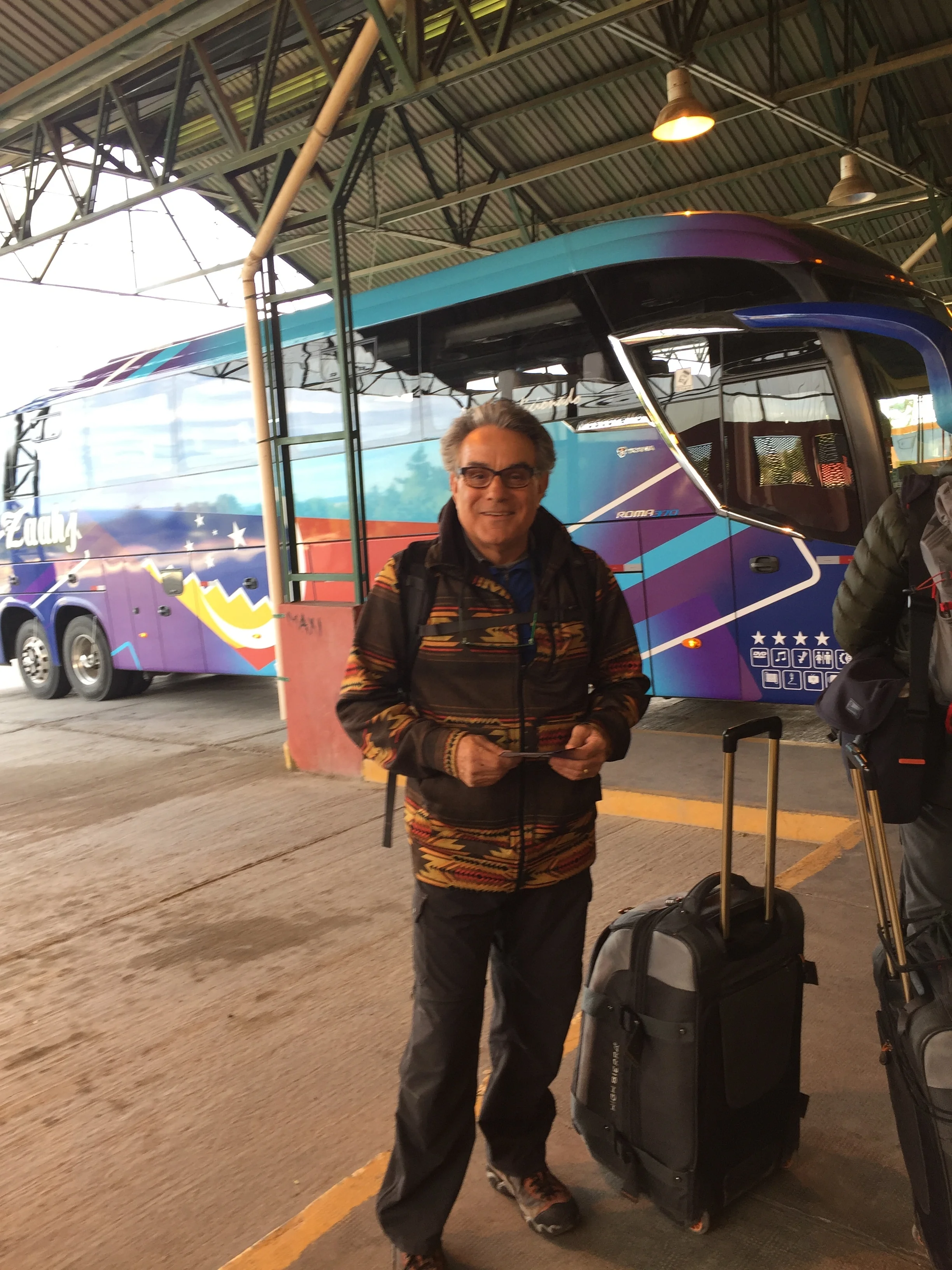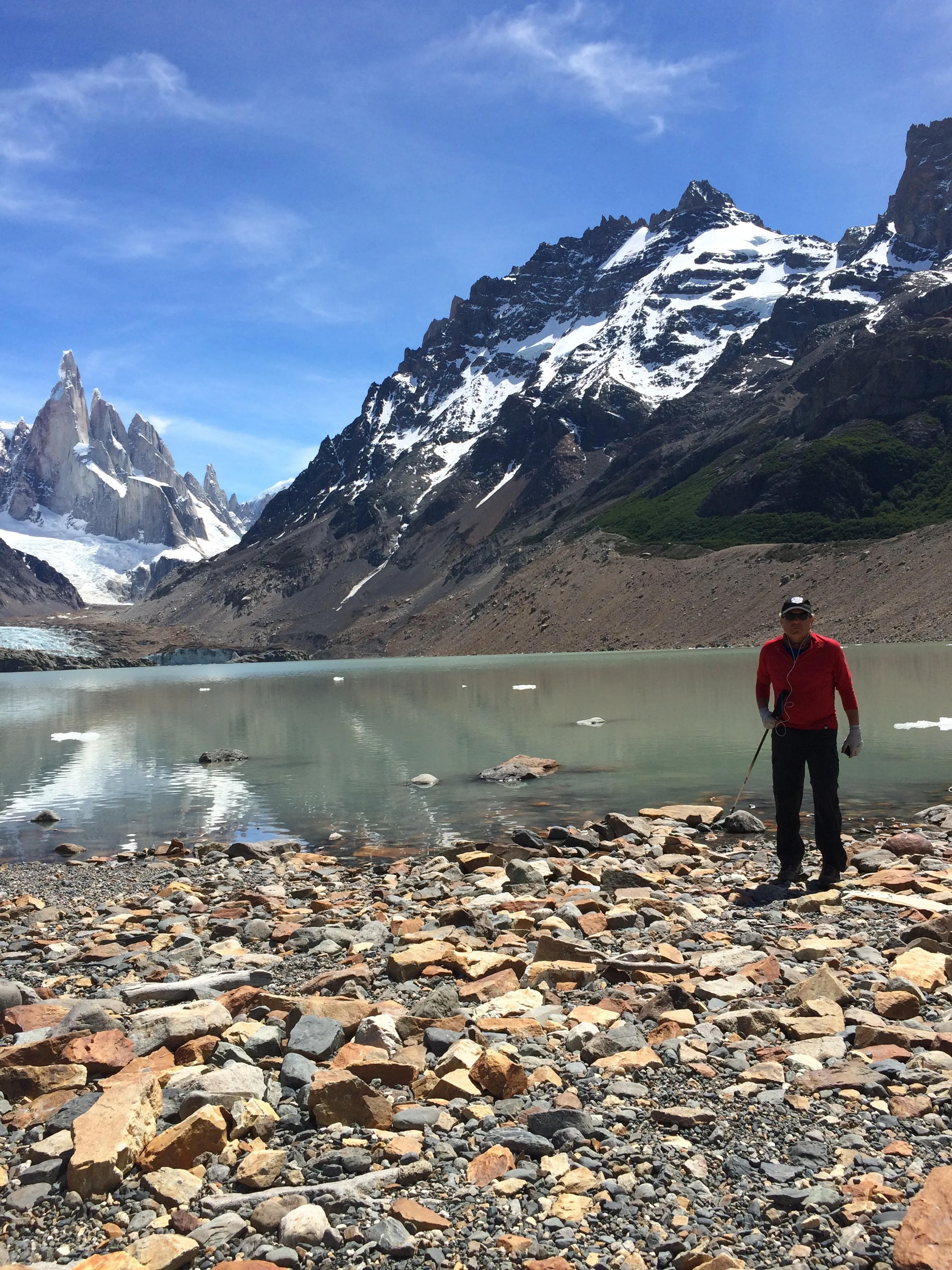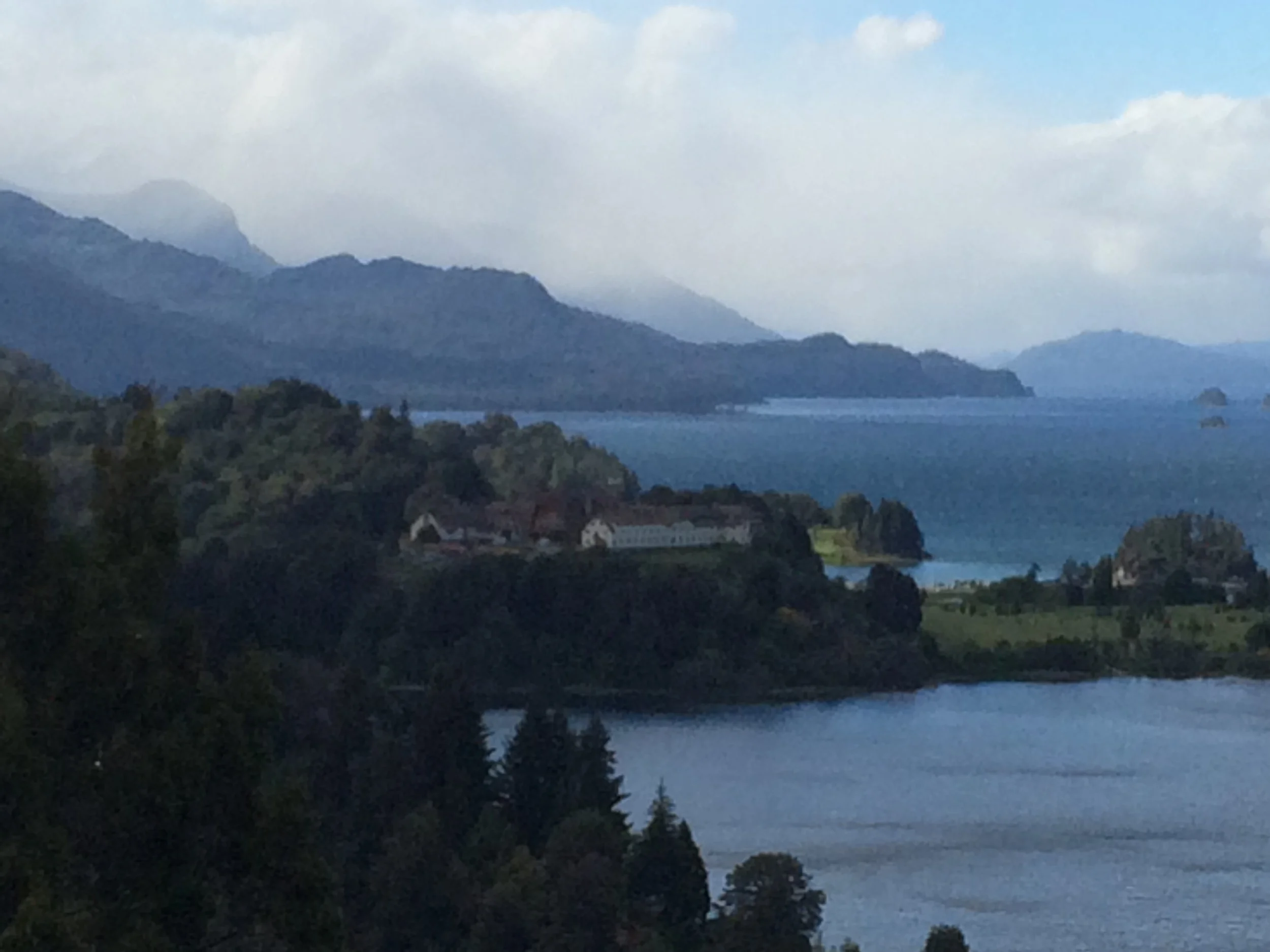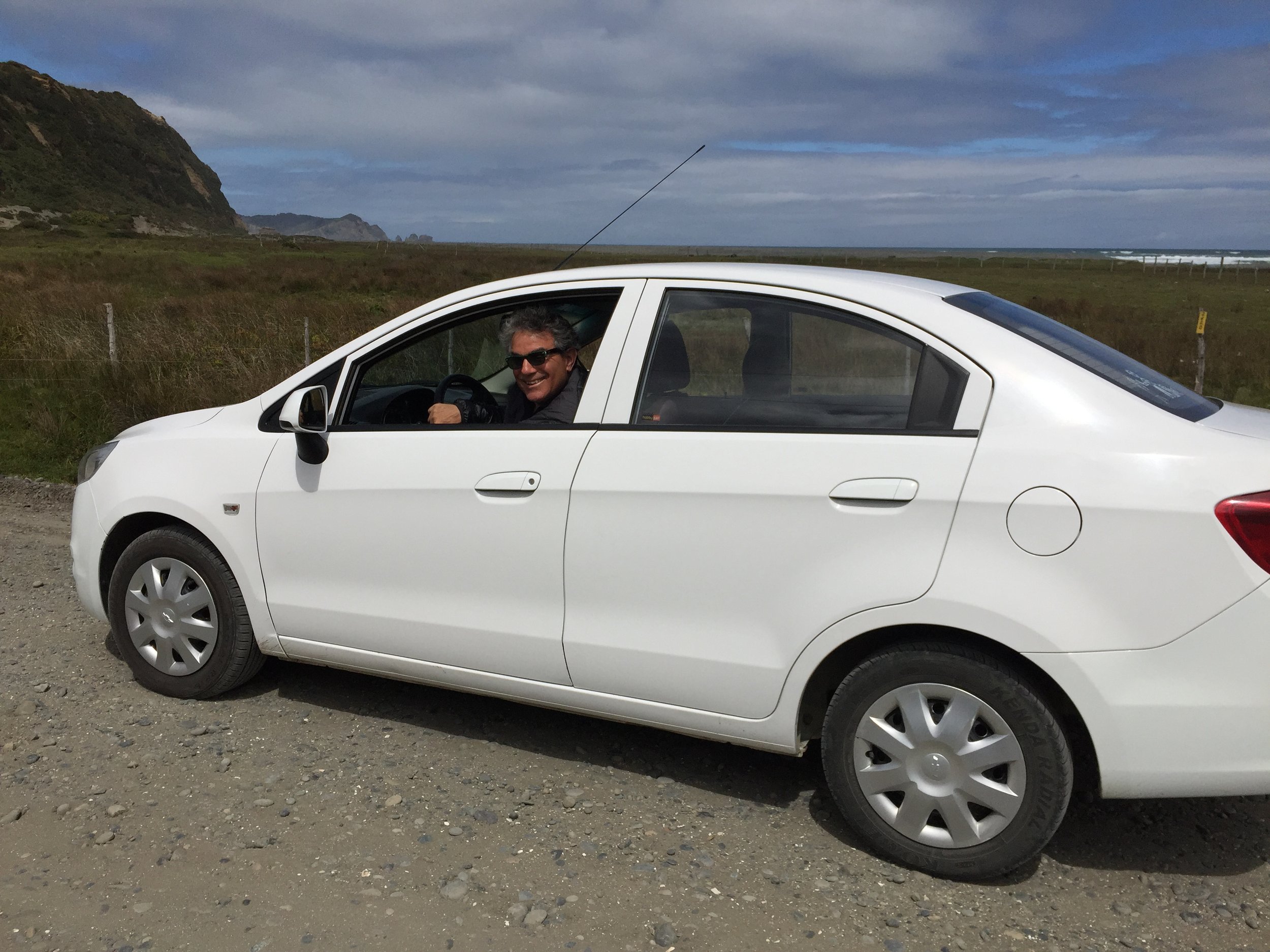Iguazu Falls, pronounced ee-gwah-SOO is the border between Argentina and Brazil. This is our last stop in Argentina and our border crossing into Brazil. The falls are one of the new 7 wonders of the natural world. They are the largest waterfalls system in the world. It is said that when Eleanor Roosevelt visited the falls, she sighed and said “oh poor Niagara”.
The town
To get to the falls it is a 20-hour bus from Buenos Aires and an additional 14-hour bus to São Paulo or a 90-minute flight. After much research we found 2 one-way air tickets into the Argentina side of the falls and out of the Brazil side to São Paulo for $230 each. We opted for the flights. The Argentina town and airport is just 5 miles from the Brazilian town and airport, but like our other experiences in South America the border is strictly controlled and for US citizen to Brazil you cannot cross without a visa. In Argentina the town is Puerto Iguazú, a larger town of 34,000. Like many of the towns with major attractions, it was expensive and we opted for a hotel since it was the same price as most hostels. Our small hotel was nice and had a good pool. The temps are now 80-90 every day and we had a good afternoon relaxing at the pool.
We woke early for our first day trip to the falls and after a quick breakfast we headed to the bus station for the 7:30 bus to the falls. The bus was almost empty and after 10 minutes we got to the Brazilian border and was instructed to exit. This was not the plan, we needed to be at the Argentina falls, we had no passports, our plans for Brazil were for the next day. Darn, on the wrong bus again!! So after 2 hours and a transfer at the local bus stop we finally made it to the falls.
With our original plan of all day now being just 6 hours to explore this very large park we quickly made our way to the park train station to get to the far side of the park and what is known Garganta del Diablo (Devil’s Throat). The train was nice and reminded us of the train at the Detroit Zoo complete with lots of small children. After the train we have a long walk, and finally after 5 hours of travel we get our first site of the falls. This spot is at the top of just one of the sites of falls, here the sound of the falls is so loud you cannot talk, the spray fills the air with mist. See the pictures below
After the big shock of Devils Throat we slow down and plan our walking route. The park is large and divided into sections, upper and lower falls. You follow metal walkways through a jungle type of forests with smaller falls and wildlife that includes Toucans, a strange raccoon type rodent named a Coati and howler monkeys, see some pictures of all below
The park offers boat rides under the falls for an additional cost. We debated the ride and finally Frank stated he wanted to go, so off we went down 150 stairs to the boat launch
This boat ride is more of a thrill ride than a visual of the falls. The boat takes you directly under two falls and spins around while thousands of gallons of water pour on top of you. Frank loved it, I (Janet) hated it. The photos below tell the story well.
This is a picture of the boats from above before they get to the falls
When we emerged from the deluge it started pouring raining, almost like the ride never stopped. After climbing out of the boat we finished our tour of the park with the aid of some rain ponchos, a hot subway sandwich and one specular site after another.
Great dinner after a hard day of buses, boats, rain and water falls
We woke early again on day two and packed our bags to travel to Brazil and the Brazilian side of the falls. This time we got on the right bus, a local bus packed to standing with locals going to work in Brazil. The Argentina exit border was easy and after loading back into the bus we got to the Brazil side and stopped, no one got out, but all looked at us and with hand jesters told us we needed to get out, we exited and the bus left us! Not sure what to do, with no signs in English we spoke to agent told us to go to the customs office where we were processed quickly, we had obtained our Brazilian visa in July at a high cost and big hassle. Next we were instructed to go to the bus stop and eventually a bus would come by to pick up. Wow another weird border crossing. It was hot, and strange. Finally, we gave up on the bus and got a taxi to the local currency exchange depot and our hotel
After dropping our bags, we are off again to the falls. Our hotel is only 2 km from the entry to the park. Unlike Argentina this entry was really nice with helpful people and clear instructions. We got on a bus that took us to the trail entrance and right away more beauty. This park is much smaller but you can see the full panorama view of the falls down a very well maintained path that eventually leads to an elevated platform. Again see the photos.
After lunch we returned to our hotel which as it turns out is a resort compete with pool and buffet dinner. What a treat
Our final day started with rain again so after a relaxing buffet breakfast we head off to the airport and São Paulo.









